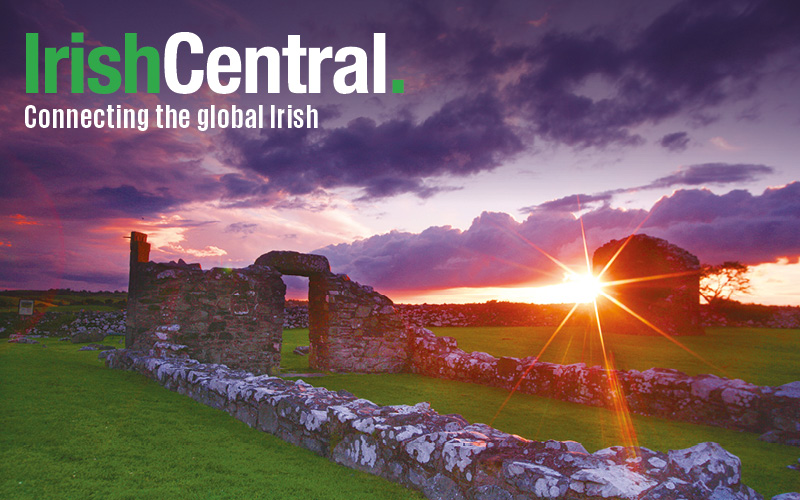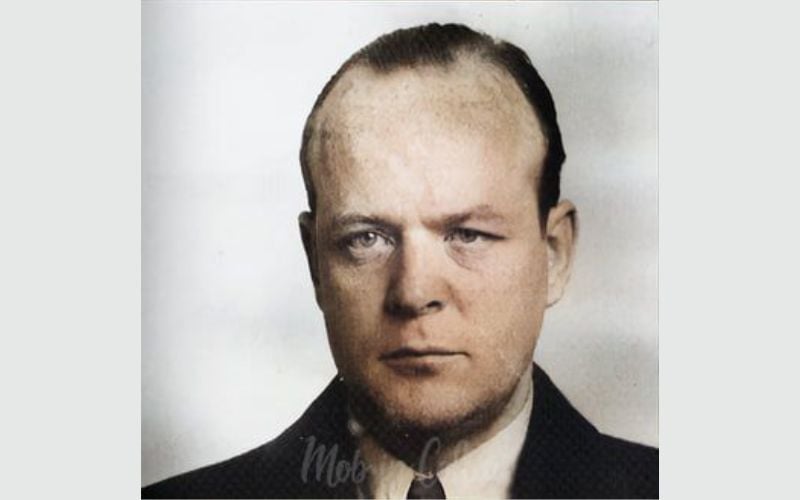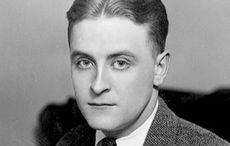| Mayor Mike Bloomberg. |
If only Robert Callahan could see the Bowery now.
These days The Bowery -- that storied stretch of asphalt on the East Side of downtown Manhattan -- has changed so much so fast, A-list celebrities like Martin Scorsese actually want to preserve some of the old character. They are against the rapid development of luxury condos and upscale stores invading The Bowery.
The Bowery that Robert Callahan knew was quite different. And as a result, Callahan and Irish American Robert Hayes, went to court three decades ago and launched a lawsuit that is making headlines once again.
This week, New York City Mayor Mike Bloomberg (prompted by a series of heated articles in the New York Post) blasted New York policy which requires the city to provide shelter to anybody seeking it -- even those who live outside the state.
“What is truly ludicrous is a system that allows people from across the country and the world to take advantage like this,” Bloomberg said. “Until we are able to ask basic, common-sense screening questions, taxpayer dollars will continue to be diverted from those who truly need it.”
The Post added, “About 25 percent of the roughly 48,500 people living in city shelters are not city residents — including a Polish freeloader, Michal Jablonowski, who gushed about free food, phone and medical care he gets at a shelter on The Bowery.”
It may seem odd that the mayor is blasting New York policy. Why doesn’t the mayor just change the offending policy?
Well, that’s where Callahan comes in. In 1979, Callahan became part of a lawsuit filed by activist lawyer and Long Island-raised Irish American Hayes. The lawsuit, once it was settled by consent decree in 1981, required that New York City provide shelter to all those who seek it -- no questions asked.
“Callahan v. Carey became a legal landmark,” Joel Blau writes in his book The Visible Poor: Homelessness in the United States.
“Robert Callahan was an Irish short-order cook who had lost his job four years earlier, been evicted from his apartment, drunk too much and ended up on the Bowery. Together with two other homeless men...(Callahan) represented the category of all homeless men in this legal action.”
At the time of the lawsuit thousands of homeless men lived on city streets, with only 10 percent or so seeking shelter even on the coldest winter nights. Many of the homeless were mentally disabled and many shelters were considered dangerous.
When the case was settled and New York City and state were required to find shelter for those requesting it, homeless advocates cheered.
It was certainly a victory for Hayes, the lawyer who filed the suit on behalf of Callahan. Dubbed a “crusader” by The New York Times in 1987, Callahan was raised in Valley Stream, Long Island.
In the early 1980s he helped found the Coalition for the Homeless, a group which still advocates for the homeless to this day. Its president and CEO is nationally recognized homeless expert and Irish American Mary Brosnahan.
“The landmark victory in the 1979 lawsuit Callahan v. Carey paved the way for further legal victories that ensured the right to shelter for homeless men, women, children, and families in New York City,” according to CFH.
But Bloomberg and the Post are now arguing that a horde of out-of-town freeloaders are invading New York City for generous shelter benefits. In an age of economic fragility -- not to mention a mayoral election year -- this could be an argument that resonates with struggling voters.
Lost amidst all of the heated rhetoric and stories of freeloading immigrants is the ultimate fate of the Irishman who started this whole debate -- Robert Callahan.
His story did not end well. Just before the case bearing his name was settled, Callahan died on the very streets of Manhattan he called home.
“Robert Callahan himself was one of the last homeless victims of an era with no legal right to shelter,” CFH notes.
(Contact “Sidewalks” at tdeignan.blogspot.com)




Comments